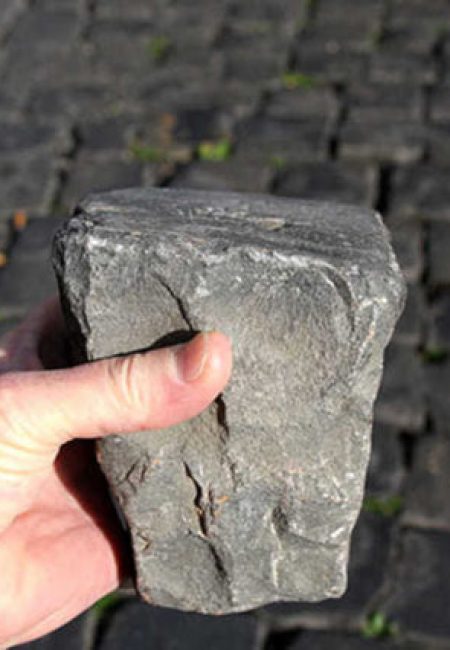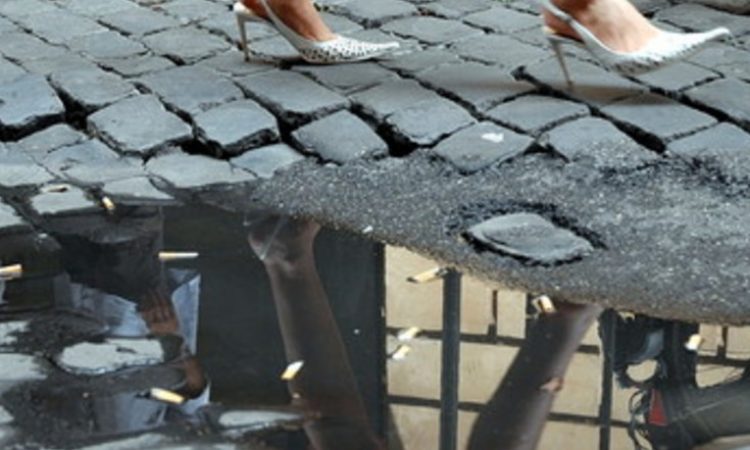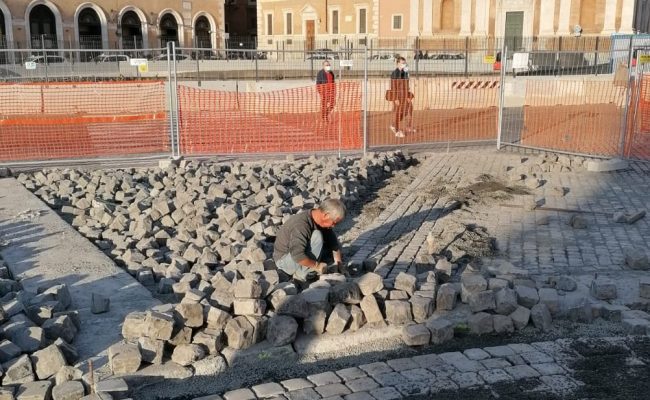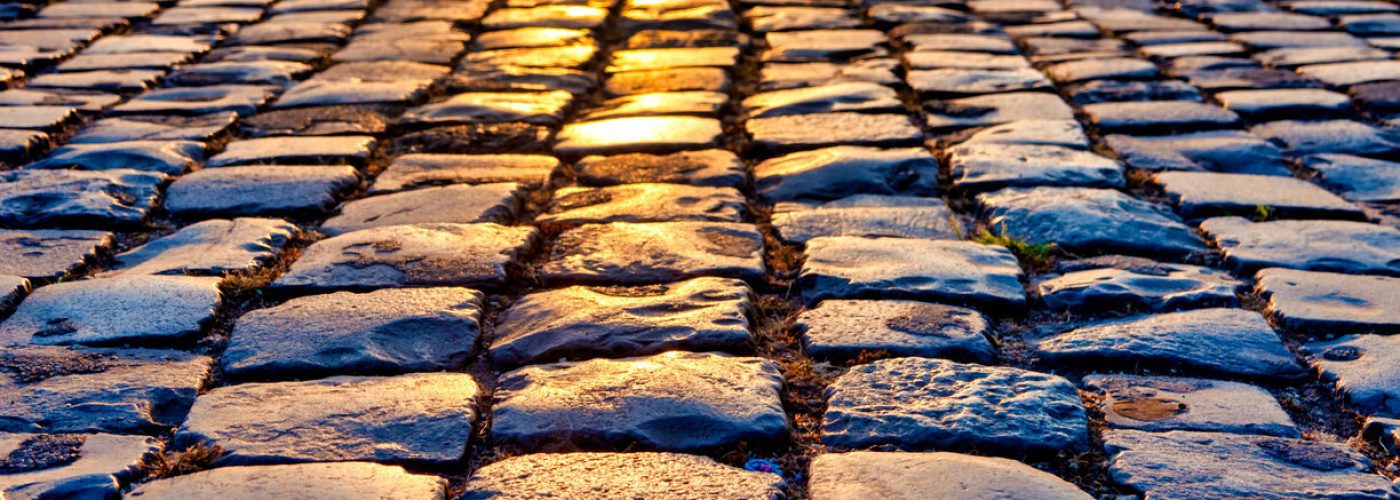Cobbled Streets in Rome Add Charm and Character
While walking through Rome you are face to face with some of the most iconic monuments in the world, but it is easy to forget that one of the most fascinating things you will see are the streets themselves.
The cobbled roman streets cover most of the historic centre and remain one of the most memorable, as well as one of the most hotly contested, aspects of the city. For the last 15 years the Italian courts have been debating whether or not to entirely remove them, and now Rome’s mayor Virginia Raggi is currently in a vast restructuring of the Roman roads which will see these cobbles taken away from 68 streets in the city centre. Love them or hate them, the cobbled streets are now as intrinsically Roman as the Trevi fountain or The Vatican.

A Dark Past
Whichever side you are on it is undeniable that the cobbles are a notable part of the city, and nowadays many are used as historic markers and even making history themselves. In the 1960’s and 70’s during the student riots in Rome cobblestones were used as weapons, pulled up from the ground and hurled as projectiles. In Saint Peter’s square you will find a plaque in the cobbles marking the place where Pope John Paul II was shot.
You will find many more cobbles around Rome marking very dark episodes in the city’s past echoed in its cobblestones. Around the city, especially in the Jewish Ghetto, you will find brass covered cobble stones engraved with an inscription, each with a similar terrible tale to tell. They mark the places where Jewish residents were ripped from their homes and taken to concentration camps around Europe, many never to return to Rome again.

The Origin of the Name "Sampietrini"
The type of cobbles that you see today in Rome date back to the 16th century and are made up of 12 cm cubes of black basalt, trimmed and set in straight rows or intersecting arches. The first documentation of these cobbles earning the nickname “Sampietrini” in Rome dates back to 1725 when Monsignor Ludovico Sergardi ordered Saint Peter’s Square covered with them. According to legend he was horrified when the papal carriage of Pope Sixtus V almost overturned hitting a pothole and immediately decided to pave the entire piazza with basalt blocks. The nickname evolved from that square with San Pietro eventually evolving into sampietrini.

From Dream to Nightmare
In medieval Rome most streets were made from terracotta brick, but the city soon recognized the many advantages of this new style of road. The first cobblestones were made by cutting down the larger basalt blocks that had been used to pave the roads of Ancient Rome. These strong and smooth stones provided an elastic surface adapting itself to the passing traffic, and allowed the earth below to “breathe” and shift slightly on Rome’s famously unstable terrain. As a bonus, they began to help the city’s overstressed sewer system by absorbing water in the spaces in between the blocks, and very soon covered all Roman streets.
Unfortunately, the same irregularities that let the cobbles adapt to Rome’s irregular surfaces and shifting terrain can make them a nightmare for Rome’s pedestrians and motorists alike. Motorists in cars complain of the constant damage to suspensions, and they can become slippery and dangerous for Rome’s thousands of motorino (scooter) riders. The rain can also be dangerous for pedestrians turning every individual cobble into a small ice-rink. These cobbles also need constant, costly maintenance as individual stones shift causing many a sprained ankle and have been deadly to thousands of costly high heels.

Restructuring of Cobbled Streets
It is because of this that Mayor Raggi is now taking on this massive restructuring program to remove these stones from almost 70 of Rome’s most trafficked streets. For lovers of the sampietrini though, it is not all bad news. The stones that are being replaced on pedestrian streets and some historic Vias, like Via IV Novembre and Viale Aventino, will retain a strip of cobblestones at the sides of the roadway as “historical evidence.” She will hope that this compromise will keep Rome’s traditional look going forward as the city slowly shifts into the 21st century.


Recent Comments